The medieval Indian sub-continent was no more one society than was medieval Europe. In both locales, general trends can be seen across the region, but both lack one essential ingredient. What made Europe multiple kingdoms made India multiple kingdoms: neither culture had a social consciousness. The people of given areas didn’t conceive of themselves as part of some large India, some abstract that went beyond their immediate regions. Yes, there were similarities among those regions and yes, they recognized that their neighbours shared them, but they did not consider themselves one with those people. What makes a nation or a unified social group (both of which are somewhat modern ideas in our usage of the terms) is a unified consciousness. There must be a social collective beyond that of the local region. Because medieval Indians lacked this, they cannot be considered one country. None of the pan0Indic similarities holds itself inviolable-they all suffer from strong regional variance precisely because the people were regionally different and made up of multiple, smaller social units. The uniqueness of this book hence lies in the author’s way of reconstructing the period under review by delving deep into the geopolitical ground of that time of India.
Art and Culture of Medieval India
Encyclopaedic History of India Series
Book:In stock
Free & Quick Delivery Worldwide
Bibliographic information
Title
Art and Culture of Medieval India
Encyclopaedic History of India Series
Encyclopaedic History of India Series
Author
Edition
1st ed.
Publisher
Centrum Press, 2011
ISBN
9789380836751
Length
viii+296p., Bibliography; Index; 24cm.
Subjects

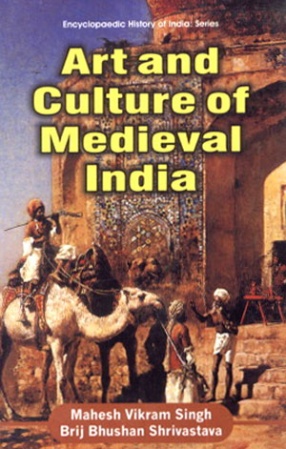
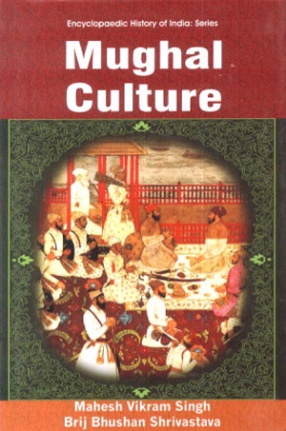
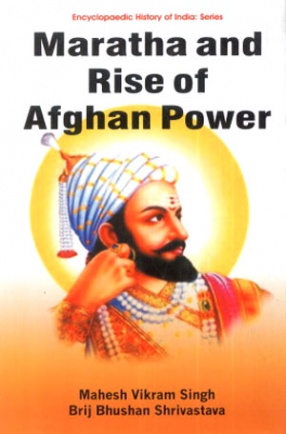
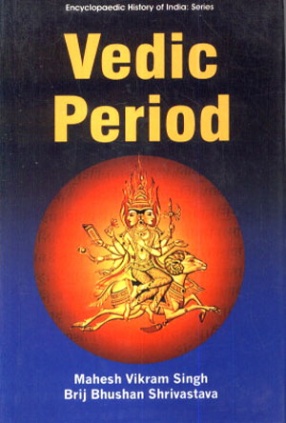
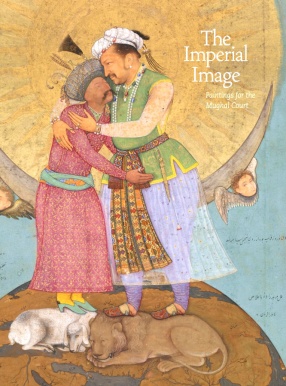
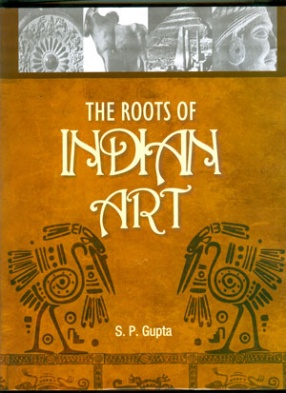
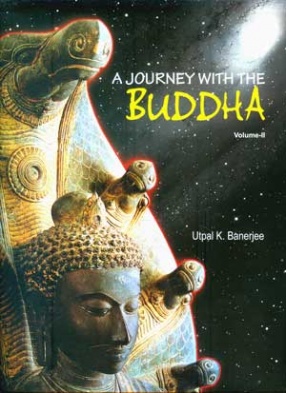
There are no reviews yet.